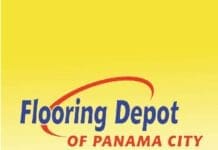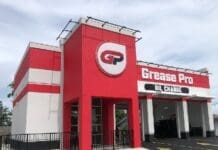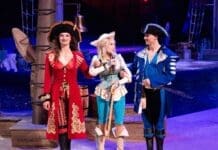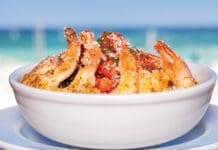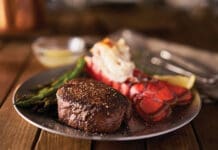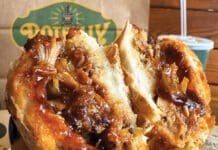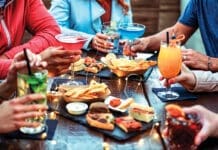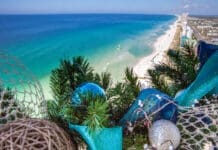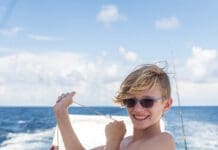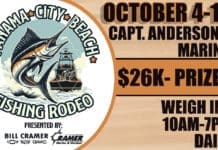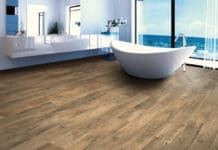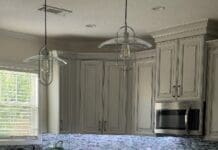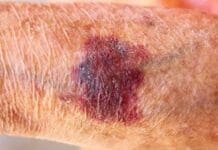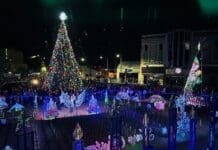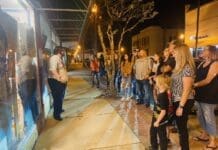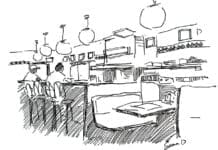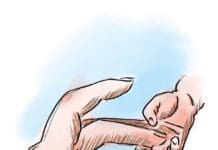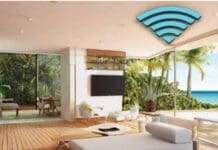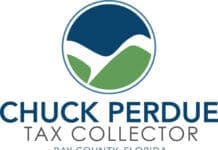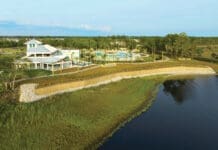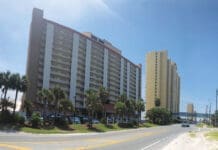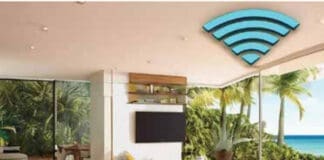By Helen Petre
Most of us go to the beach and see shells, but we rarely know their names. These amazing creatures live in the harsh salt beach conditions and can build their own homes out of stuff they find there, which is mostly calcium carbonate. Here are some of the common shells on South Walton beaches and a few cool things about them.
Mollusks
Most of the shells on our beaches are mollusks, with calcium carbonate shells. Before they end up on the beach, the animal inside usually dies, and then a storm, or tides, bring the hard, empty shell to the beach. In Florida, if there is no animal inside the shell, you can take them home.
Coquina (Donax variabilis)
Coquina are the most obvious and numerous shell on the beach, under your feet at the swash line. Although they are easy to collect, if the two halves are attached the animal is probably alive.
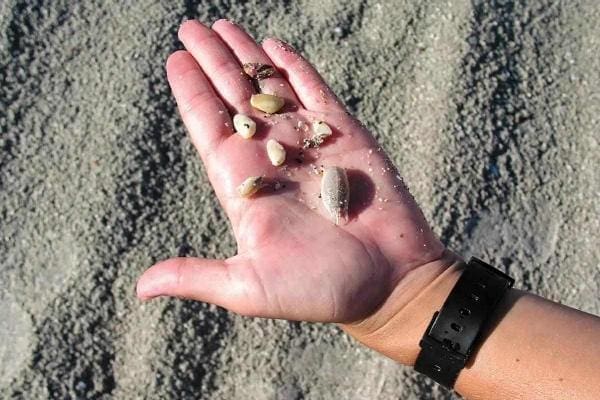
Cockles (Family Cardiidae)
The most common mollusk shell on our beaches, after live coquina, is the cockle shell. Cockles live close to the low tide line, so when they die it is a short trip to the beach. These two-inch, heart shaped shells can be white, red, brown, or yellow and have ridges. Cockles, like most shells you find on the beach, are bivalves, which means the two halves fit together with a hinge. Usually, that hinge breaks on its way to shore, so you find half the shell on the beach.
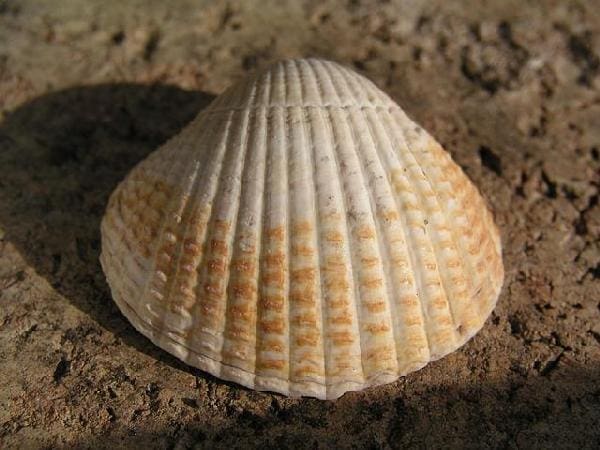
Bay Scallops (Argopecten, irradians)
Bay scallops are fan-shaped mollusks with ridges and scalloped edges. They are about three inches across when fully grown and have tiny blue eyes lining the shell when alive. They live in shallow coastal waters, and especially sea grass meadows, which provide shelter and food. They are often buried in the sand and live for about a year. The upper shell is usually dark and mottled, and the bottom shell is white. Scallops spawn in the fall when the water temperature changes. They produce millions of eggs and sperm, but only one fertilized egg in about 12 million reaches adulthood. Scallops are sensitive to environmental changes such as sea grass losses. Once common on our beaches, they now occur in only isolated populations.

Marine Gastropods
Marine gastropods are sea snails. They have only one shell, which is twisted, and interestingly, unless a hermit crab that has taken over the shell (which is a crustacean and not a gastropod), the animal inside is twisted as well.
Crown Conch (Melongena corona)
Crown conches grow to five inches long, and have red, brown, purple, or yellow horizontal stripes. The long, narrow points at the end of the shell look like a crown, providing the common name. Crown conches are carnivores, and they eat small bivalves, like coquina and scallops. They live in sea grass beds. Females are larger than males, produce about 500 eggs, and attach them to sea grass blades. Hermit crabs really like to live in crown conch shells.
Helen Petre is a retired USDA biologist and college biology professor. She spends her time volunteering, teaching, and writing science articles to share her interests with future generations.
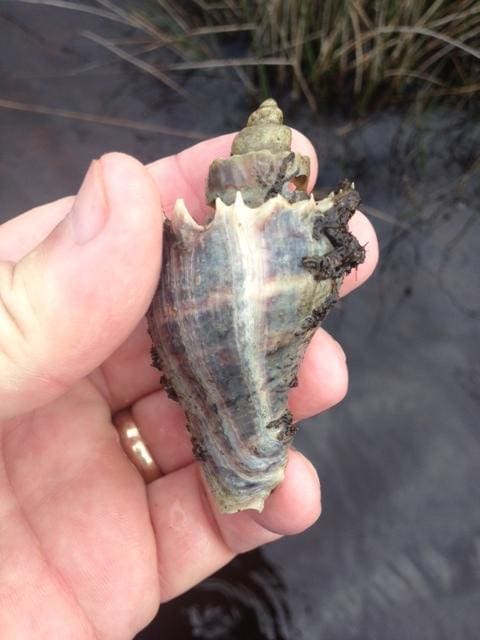
Olive Shells (Oliva sayana)
Olive shells are smooth, shiny, two-inch-long shells, often greenish, light tan, or brown. The animals are carnivorous and feed on bivalves, invertebrates, or sometimes carrion. They are super-fast sand burrowers.
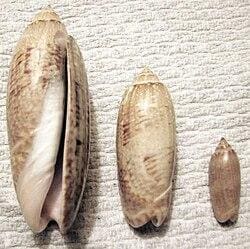
These are just some of the shells along the South Walton beaches. Enjoy the beach and these amazing creatures that make their own beautiful shell homes. Now that you know their names, you can make them your friends.

